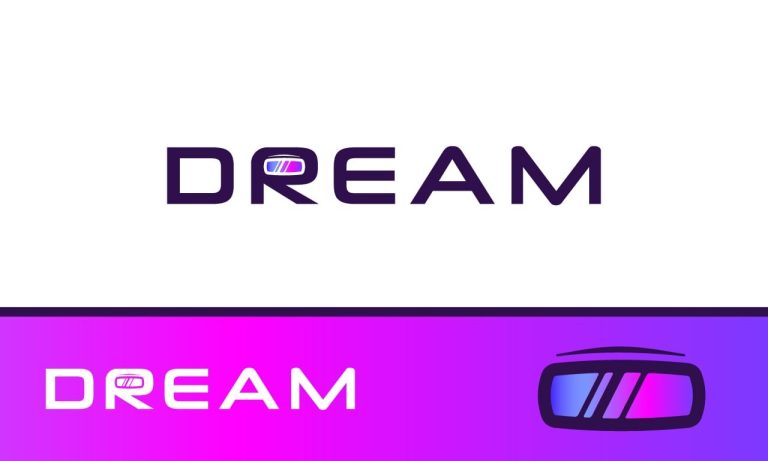Deferred revenue represents money a company receives before delivering goods or services to customers. This accounting concept is critical in accurately portraying a company’s financial position and performance. When a business collects payment in advance, it cannot immediately count this as earned income. Instead, it must record deferred revenue as a liability on its balance sheet until it fulfills its customer obligations.
Proper deferred revenue management directly affects how investors, analysts, and stakeholders perceive a company’s financial health. For businesses with subscription models, service contracts, or advance payment arrangements, understanding deferred revenue becomes essential for accurate financial reporting and strategic planning.
According to accounting standards like GAAP (Generally Accepted Accounting Principles) and IFRS (International Financial Reporting Standards), companies must recognize revenue only when they earn it—not when they receive payment. This timing difference is what creates deferred revenue situations and requires careful tracking to maintain financial accuracy.
What Is Deferred Revenue? Fundamental Concepts and Principles
Deferred revenue, also called unearned revenue, represents advance payments received for products or services not yet delivered. This accounting concept exists because of the revenue recognition principle, which states that companies should only record revenue when they’ve earned it by fulfilling their performance obligations to customers.
When a customer pays in advance, the company initially records this transaction as both an asset (cash) and a liability (deferred revenue). This accounting treatment acknowledges that while the company has received money, it still owes something to the customer and hasn’t yet earned the right to recognize that payment as revenue.
Recognition Process and Accounting Treatment
The accounting for deferred revenue follows a structured process:
- When a company receives advance payment, it records an increase in cash (asset) and deferred revenue (liability).
- As the company delivers goods or provides services over time, it gradually converts portions of the deferred revenue liability into earned revenue.
- This conversion continues until the company completely fulfills its obligations. At this point, all related deferred revenue becomes recognized revenue on the income statement.
This methodical recognition process ensures financial statements accurately represent what a company has genuinely earned versus what it has collected but still owes in future performance obligations.
Industries and Business Models Most Affected
Deferred revenue is particularly common in:
- Software-as-a-service (SaaS) companies that sell annual subscriptions
- Insurance companies collecting premiums for future coverage periods
- Educational institutions receiving tuition payments before delivering courses
- Entertainment venues sell tickets months before events
- Publishers offering multi-year magazine subscriptions
- Professional service firms collecting retainers for future work
For example, when Adobe receives annual subscription payments for its Creative Cloud service, it initially records this as deferred revenue and then recognizes portions monthly as it provides ongoing access to its software.
Unearned Revenue vs Deferred Revenue: Understanding the Terminology
The terms “deferred revenue” and “unearned revenue” are often used interchangeably in accounting discussions, causing confusion for many business owners and financial professionals. While both terms essentially describe the same financial concept, some subtle differences exist in their usage across various industries and contexts.
Same Concept, Different Names
Both deferred and unearned revenue refer to money a company has received for goods or services it hasn’t yet delivered. From an accounting perspective, they represent identical transactions: advance payments that create a liability until the business fulfills its obligations.
The primary difference lies in terminology preferences:
- “Deferred revenue” tends to be more common in technical accounting discussions, financial reporting, and among publicly traded companies.
- “Unearned revenue” is often used in educational settings, service-based businesses, and less technical business contexts.
Regardless of which term you use, the accounting treatment remains identical. Both appear as liabilities on the balance sheet until the company earns them through delivering promised goods or services.
Industry-Specific Usage
Some industries have developed preferences for one term over the other:
- Technology and subscription businesses typically refer to “deferred revenue.”
- Educational institutions and service providers often use “unearned revenue.”
- Insurance companies might use “unearned premiums” for their specific variation.
Understanding that unearned and deferred revenue represent the same accounting concept with different labels helps avoid confusion when reviewing financial statements or discussing accounting practices across industries.
The Tax Implications of Deferred Revenue
The tax treatment of deferred revenue can significantly impact a company’s financial planning and cash flow management. Understanding it helps businesses properly prepare for tax obligations and avoid potential compliance issues.
Timing Differences Between Accounting and Tax Recognition
While accounting standards require recording advance payments as deferred revenue liabilities until earned, tax authorities sometimes have different rules about when this money becomes taxable income.
For cash-basis taxpayers, the IRS generally requires reporting income when received, regardless of whether it’s been earned under accounting standards. This creates a timing mismatch between accounting books (showing deferred revenue) and tax filings (possibly showing taxable income).
For accrual-basis taxpayers, which include most medium to large businesses, the tax rules allow for some deferral of advance payments, but with specific limitations:
- Under Revenue Procedure 2004-34 (modified by Rev. Proc. 2011-18), businesses can generally defer recognizing advance payments for tax purposes until the tax year following receipt.
- For financial statement purposes, they can defer longer according to accounting rules.
- This creates a temporary difference that may require tracking deferred tax assets or liabilities.
The Tax Cuts and Jobs Act of 2017 codified certain aspects of advance payment tax treatment in Section 451(c), generally allowing businesses to defer advance payments for one year for tax purposes, regardless of longer deferral periods for financial reporting.
Planning Considerations and Strategies
Companies with significant deferred revenue should consider several tax planning strategies:
- Timing service delivery to manage when revenue becomes taxable
- Structuring contracts to optimize revenue recognition timing
- Considering the impact of deferred revenue on estimated tax payments
- Tracking deferred tax assets or liabilities created by timing differences
- Maintaining clear documentation of performance obligations for tax purposes
Proper deferred revenue tax treatment requires careful planning and communication between the accounting and tax departments to ensure compliance while effectively managing cash flow.
How Deferred Revenue Affects Business Valuation and Investment Analysis
Deferred revenue plays a significant role in how investors and analysts evaluate a company’s financial health and growth prospects. Understanding these effects helps business leaders better communicate their company’s value to stakeholders.
A growing deferred revenue balance generally indicates strong future business prospects because it represents committed customer payments and contracted future revenue. However, investors analyze this metric carefully:
- Rising revenue alongside growing total revenue suggests sustainable business expansion
- Growing revenue with stagnant or declining recognized revenue may indicate delivery challenges
- High revenue relative to equity can signal financial leverage and obligation risk
Subscription businesses like Microsoft and Salesforce often highlight deferred revenue growth as evidence of strong customer retention and future revenue visibility.
Impact on Key Financial Metrics
Deferred revenue affects several important financial metrics that investors use to evaluate companies:
- The current ratio and quick ratio calculations include revenue as a current liability, potentially making a company appear less liquid.
- Book value calculations are reduced by deferred revenue liabilities.
- Cash flow from operations benefits from revenue (as it represents collected but unrecognized revenue)
- Revenue growth rates must be evaluated in context with revenue changes.
For example, a company might show strong cash flow despite moderate profit margins if it collects substantial deferred revenue. This makes cash flow analysis more complex but potentially more revealing about business health.
Final Thoughts
For businesses with subscription models, service contracts, or advance payment arrangements, deferred revenue represents both a financial reporting responsibility and a strategic opportunity. By implementing robust systems for tracking and analyzing revenue, companies can:
- Maintain accurate financial statements that properly reflect performance obligations
- Optimize tax planning around deferred revenue tax treatment
- Provide investors with clear visibility into future revenue patterns
- Make better strategic decisions based on committed customer relationships
- Identify trends in business performance and customer behavior
As business models shift toward subscription and service-based approaches, mastering deferred revenue management becomes an increasingly valuable capability. Companies that effectively handle this accounting concept gain both compliance benefits and strategic advantages in today’s competitive business environment.
Whether called deferred or unearned revenue, this financial concept serves as a bridge between customer commitments and recognized business performance. By understanding and properly managing deferred revenue, businesses create more accurate financial portraits and gain deeper insights into their operational success.
















 Bitcoin
Bitcoin  Ethereum
Ethereum  Tether
Tether  XRP
XRP  USDC
USDC  Solana
Solana  TRON
TRON  Lido Staked Ether
Lido Staked Ether  Cardano
Cardano  Avalanche
Avalanche  Toncoin
Toncoin